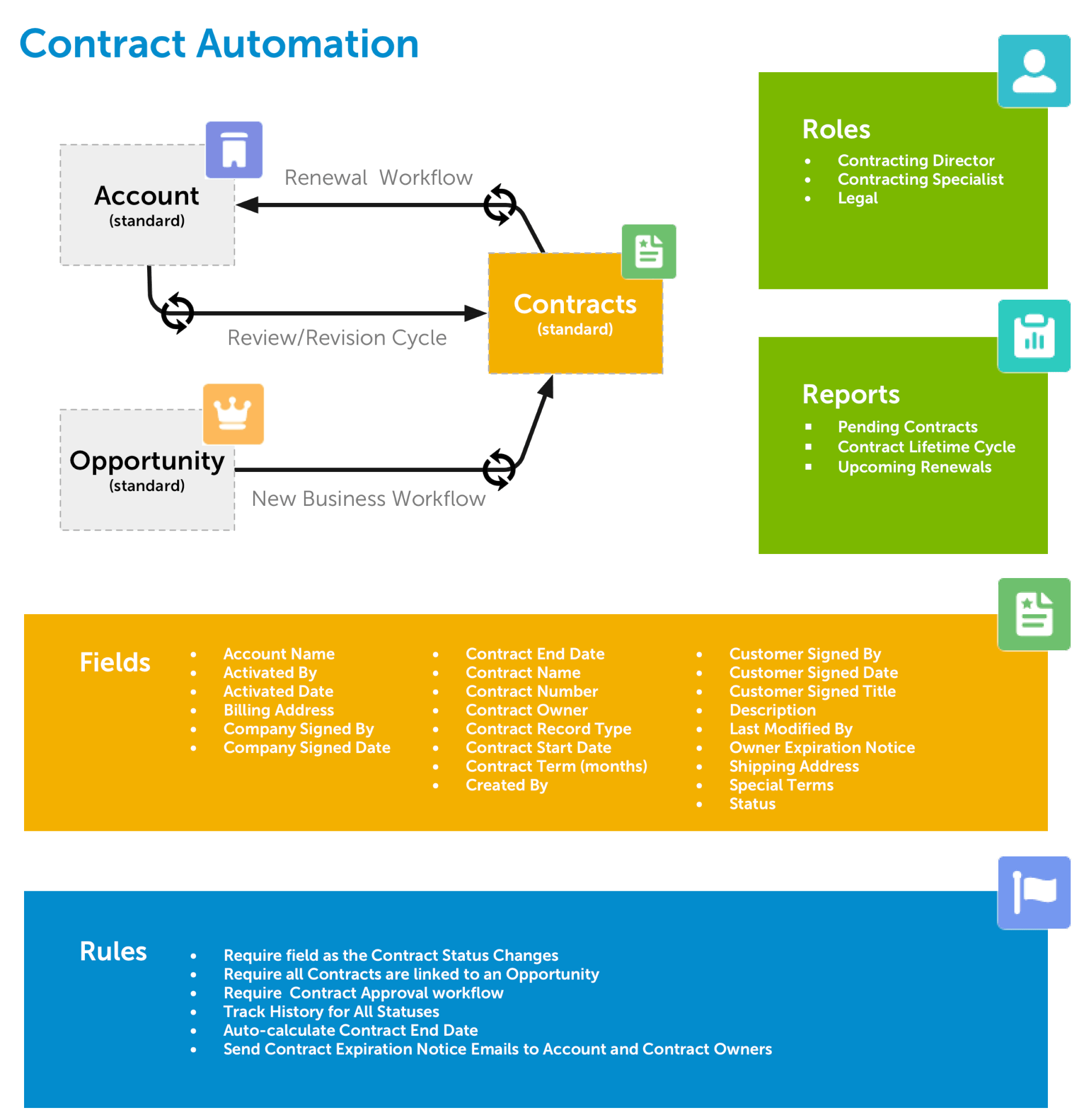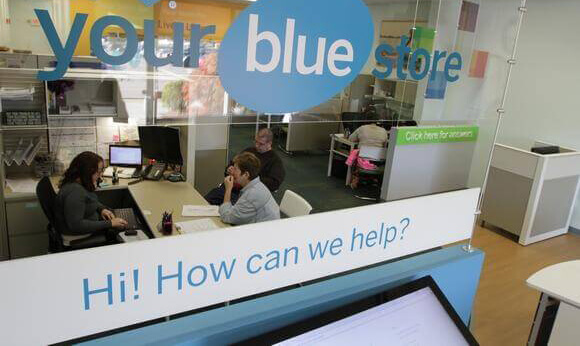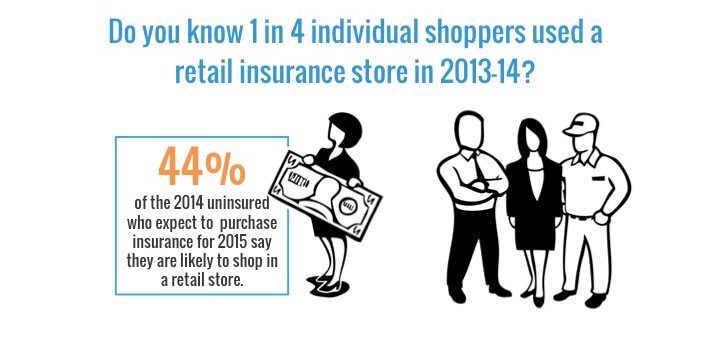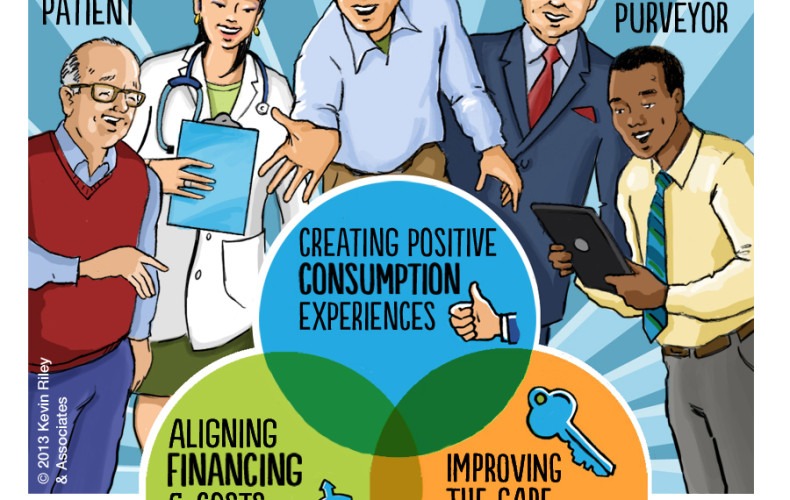Kevin Riley will be moderating a panel of accountable care experts this week at the 2016 FLAACOs Conference. Our session, Value-Based Contracting Strategies From All The Large Payers, asks the big questions from big thinkers at UnitedHealthcare, CIGNA, Florida Blue, and Aetna.
We see this topic as one of the four pillars of innovation, that is driving modern healthcare in the United States.
- Remove the inefficiencies in the system that create waste and allow for fraud.
- Continue to drive the onus for an individual’s health to the consumer.
- Change risk-sharing models to better incentivize providers.
- Move care from high-cost to low-cost venues.
The intent of ACOs is to move away from the traditional pay-for-service model to one that better aligns care with the holistic needs of the patient all within a more affordable cost structure. If you want to quickly learn about what an ACO is and how an organisation can benefit from becoming one – check out the Game of ACO from the National Council for Behavioral Health.
The session is Friday, October 14, 10:30 am – 11:30 am, right after the Key Note. The event is held at the Omni Orlando Resort Champions Gate. We hope to see you there.
Facilitator:
Kevin Riley, imagine.GO, kevin@imaginego.com
Panelists:
Andy Marino, Florida Blue, andy.marino@floridablue.com
Michelle Copenhaver, Aetna, CopenhaverM@AETNA.com
Ruth Fricke, United Healthcare, Ruth.Fricke@uhc.com
Mike Howell, CIGNA, Michael.Howell@Cigna.com
imagine.GO provides rapid product innovation for healthcare companies using our proprietary delivery methodology modelH. We speak and write quite a bit about value-based healthcare models. You can read more here:
to your health,
The Team at imagine.GO

























